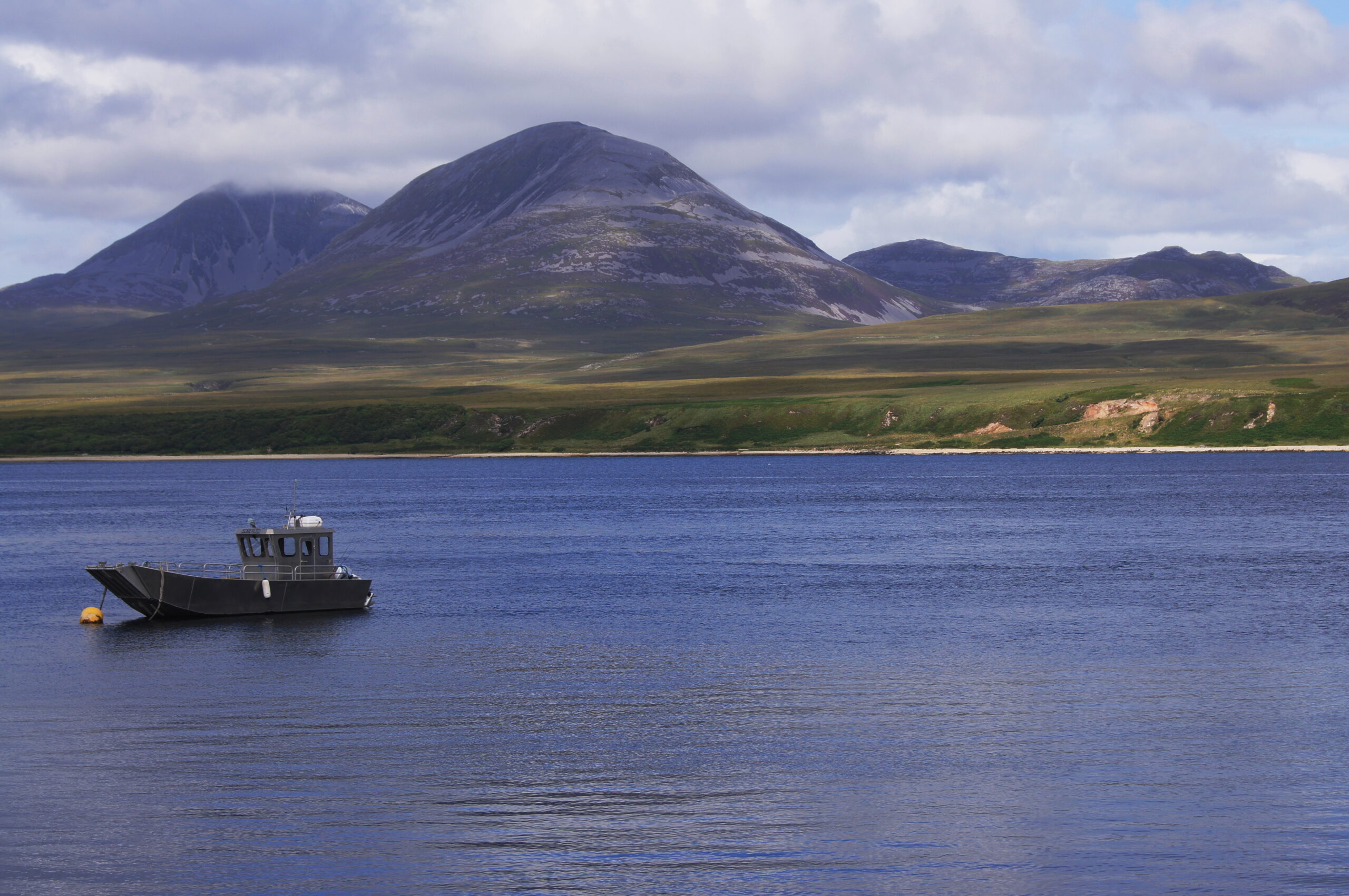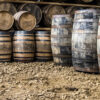The Jura Distillery, nestled on the Isle of Jura in the Inner Hebrides of Scotland, has a rich history steeped in tradition and innovation. Its story weaves through centuries of Scottish whisky-making, reflecting the island’s rugged landscape and the perseverance of its people. From humble beginnings to international acclaim, the journey of the Jura Distillery is a testament to the artistry and craftsmanship of Scotch whisky production.
The Isle of Jura has a long history of whisky distillation, dating back to the early 18th century when illicit distillation was prevalent across Scotland. However, it wasn’t until 1810 that legal whisky production began on the island with the establishment of the Small Isles Distillery, which later became known as the Jura Distillery. Situated in the village of Craighouse, the distillery initially produced whisky for local consumption, catering to the island’s small population.
In the 19th century, the whisky industry in Scotland experienced significant growth, driven by advancements in production techniques and improvements in transportation infrastructure. The Jura Distillery benefitted from these developments, gradually expanding its operations and increasing its output to meet rising demand. However, like many distilleries in Scotland, Jura faced challenges such as economic downturns, changes in consumer preferences, and fluctuations in whisky markets.
The 20th century brought further changes to the Jura Distillery, including periods of closure and ownership transitions. In 1901, the distillery was rebuilt after a fire destroyed much of its facilities, signaling a new chapter in its history. Throughout the century, ownership of the distillery changed hands multiple times, with various companies overseeing its operations and investing in its development.
It wasn’t until the late 20th century that the Jura Distillery began to gain recognition for its distinctive style of whisky. In 1963, the distillery was rebuilt once again, incorporating modern equipment and technology to improve production efficiency while preserving traditional methods. This revitalization laid the groundwork for the creation of unique and flavorful whiskies that would later define the Jura brand.
In the 1990s, the Jura Distillery underwent a significant transformation under the ownership of Whyte & Mackay, a renowned whisky producer based in Glasgow. The company embarked on an ambitious project to rebrand and reposition Jura whisky in the global market, aiming to showcase the island’s natural beauty and rugged charm through its products.
As part of this effort, the distillery introduced a range of new expressions, each reflecting the diverse character of the Isle of Jura. From the smooth and approachable Jura 10 Year Old to the rich and complex Jura Superstition, the distillery’s portfolio showcased the versatility and innovation of Scottish whisky-making. These expressions quickly gained popularity among whisky enthusiasts worldwide, earning accolades and awards for their quality and craftsmanship.
In recent years, the Jura Distillery has continued to evolve, embracing sustainability practices and experimenting with new techniques to push the boundaries of whisky production. From sourcing local barley to exploring alternative maturation methods, the distillery remains committed to honoring its heritage while embracing innovation.
Today, the Jura Distillery stands as a testament to the enduring legacy of Scottish whisky-making, embodying the spirit of adventure and exploration that defines the Isle of Jura. With its diverse range of expressions and unwavering dedication to quality, the distillery continues to captivate whisky enthusiasts around the world, inviting them to discover the magic of Jura whisky for themselves.


